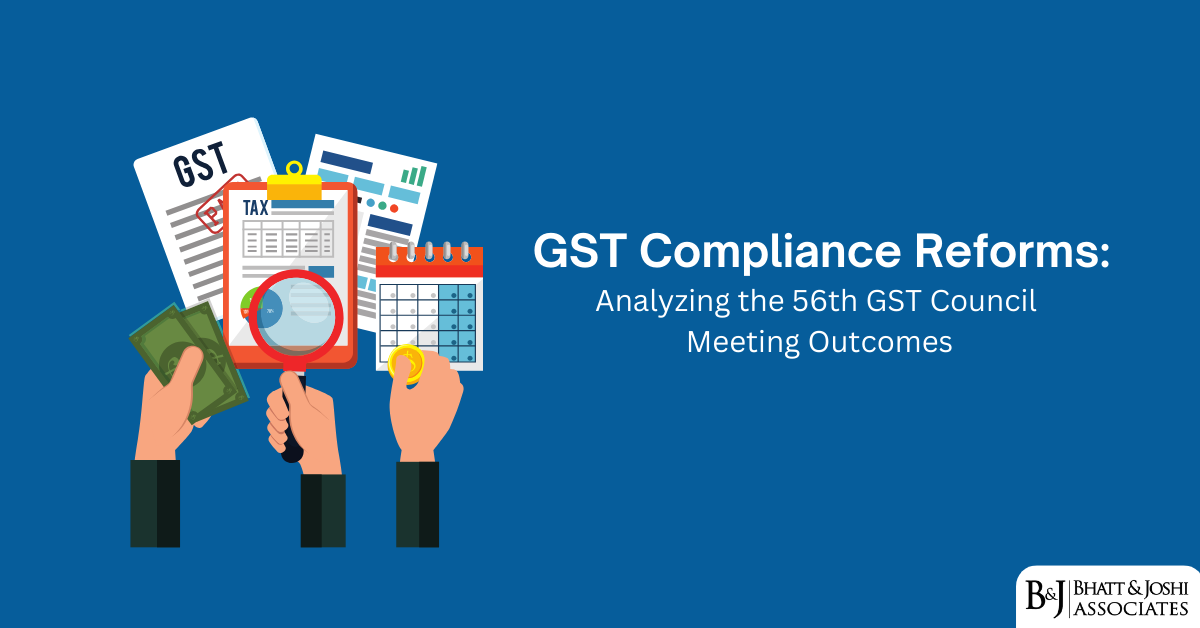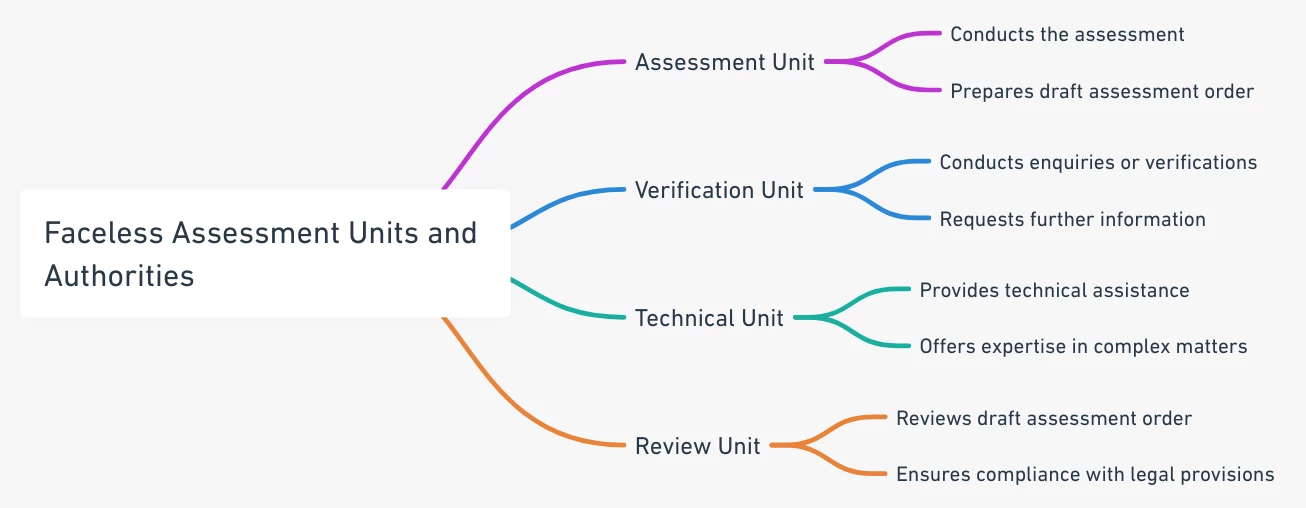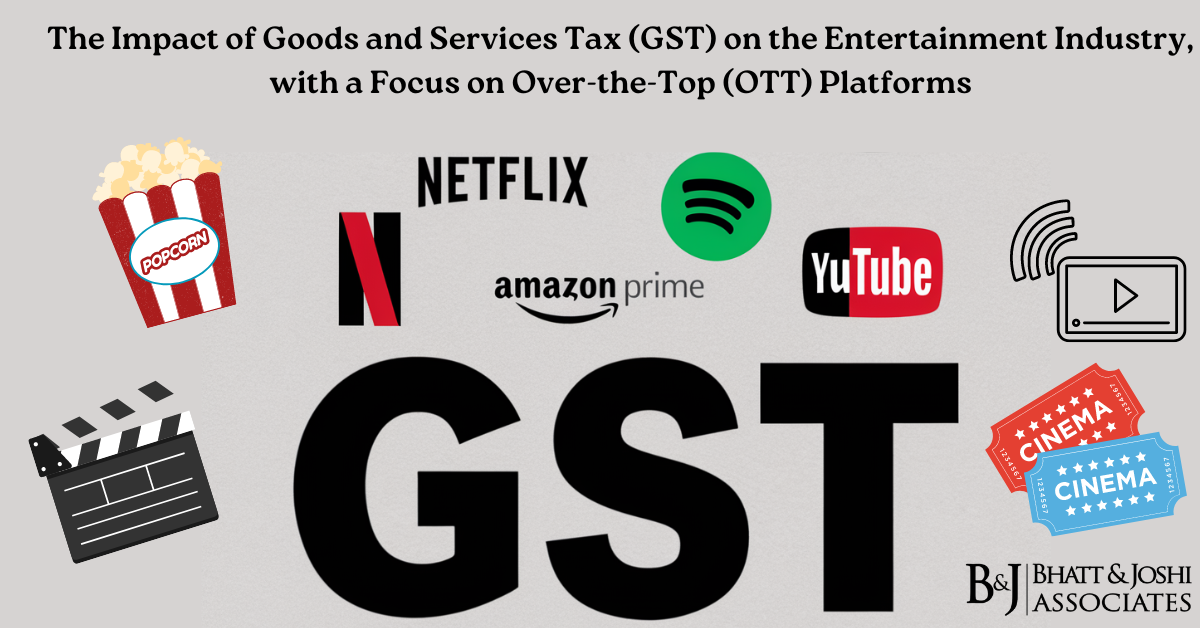GST Compliance Reforms: Analyzing the 56th GST Council Meeting Outcomes
Introduction
The 56th meeting of the GST Council, convened on September 3, 2025, under the chairpersonship of Union Finance Minister Nirmala Sitharaman, marked a transformative milestone in India’s indirect taxation journey [1]. This landmark session introduced comprehensive reforms that fundamentally restructured India’s GST framework, moving from the existing four-tier structure to a simplified three-slab system. The reforms, effective from September 22, 2025, represent the most significant overhaul of the Goods and Services Tax regime since its implementation in July 2017.
The Council’s decisions encompass sweeping rate rationalizations, procedural simplifications, and the operationalization of crucial institutional mechanisms that had remained dormant for years. These reforms directly impact millions of taxpayers, from individual consumers to large corporations, reshaping compliance requirements and administrative procedures across multiple sectors of the Indian economy.
Structural Framework Transformation of the 56th GST Council Reforms
Revolutionary Rate Structure Simplification
The 56th GST Council meeting introduced a groundbreaking transformation of India’s tax architecture through the implementation of a simplified three-slab structure [2]. The new framework consolidates the previous four-tier system into a more rational arrangement comprising a Merit Rate of 5% for essential goods and services, a Standard Rate of 18% for general items, and a special De-merit Rate of 40% reserved for luxury items and sin goods. This restructuring eliminates the complexities that previously existed with multiple rate categories and provides greater predictability for businesses in their tax planning and compliance activities.
The transition represents a fundamental shift in India’s approach to indirect taxation, moving away from the complex multi-tiered system that often created classification disputes and compliance challenges. The new structure aligns with international best practices while maintaining adequate revenue generation capabilities for both central and state governments. The Council’s decision to retain only three primary rates significantly reduces the administrative burden on taxpayers and tax authorities alike.
Under the revised framework, the nil rate category continues to apply to essential commodities and services deemed critical for public welfare. Essential food items such as Ultra-High Temperature (UHT) milk, pre-packaged paneer, and various Indian bread varieties have been moved to the nil rate category, providing direct relief to consumers and supporting the government’s commitment to affordable nutrition for all citizens.
Sectoral Impact Analysis
The rate rationalization exercise undertaken by the 56th GST Council demonstrates a comprehensive understanding of sectoral requirements and their economic implications. The food sector emerged as a primary beneficiary, with numerous items experiencing substantial rate reductions. Items such as condensed milk, butter, cheese, and various processed foods moved from the 12% category to the 5% bracket, reflecting the Council’s focus on making nutritious food more affordable for the common citizen.
The textile and garment industry received significant relief through the correction of inverted duty structures that had plagued the sector since GST implementation. Manmade fibres saw their GST rates reduced from 18% to 5%, while manmade yarn rates decreased from 12% to 5%. This correction addresses long-standing industry grievances and is expected to boost the competitiveness of Indian textile manufacturers in global markets.
Healthcare and pharmaceutical sectors experienced substantial benefits with the reduction of GST rates on various medicines and medical devices. Thirty-three life-saving drugs moved to the nil rate category, while all other drugs and medicines saw their rates reduced from 12% to 5%. Medical equipment and devices also benefited from rate reductions, making healthcare more accessible and affordable for ordinary citizens.
Institutional Reforms and GST Appellate Tribunal Operationalization
GST Appellate Tribunal Framework
One of the most significant institutional reforms emerging from the 56th GST Council meeting involves the operationalization of the Goods and Services Tax Appellate Tribunal (GSTAT) [3]. The Council decided that GSTAT would become operational for accepting appeals by the end of September 2025, with hearings scheduled to commence before December 2025. This development addresses a critical gap in the GST dispute resolution mechanism that has existed since the tax regime’s inception.
The GSTAT operationalization represents a watershed moment for GST jurisprudence in India. The tribunal’s establishment will provide a specialized forum for resolving GST disputes, reducing the burden on High Courts and ensuring more consistent interpretation of GST provisions. The Principal Bench of GSTAT will also serve as the National Appellate Authority for Advance Rulings, creating a unified approach to advance ruling mechanisms across the country.
The Council’s decision to allow the filing of backlog appeals until June 30, 2026, provides taxpayers with adequate opportunity to seek redressal for pending disputes. This transition period acknowledges the substantial backlog of cases that have accumulated in various High Courts due to the absence of a functional appellate mechanism. The tribunal’s establishment will significantly strengthen the institutional framework of GST by providing robust dispute resolution mechanisms and ensuring greater certainty for taxpayers.
Procedural Simplifications and Compliance Reforms
The 56th GST Council meeting introduced comprehensive procedural simplifications designed to enhance ease of doing business and reduce compliance costs for taxpayers. A simplified registration scheme, effective from November 1, 2025, allows automated approval within three working days for applicants with monthly output tax liability up to ₹2.5 lakh [4]. This streamlined process covers approximately 96% of new registrants, significantly reducing the administrative burden on small and medium enterprises.
The Council approved the implementation of a revised system for provisional refunds arising from inverted duty structures, with 90% provisional refunds to be granted based on data analysis and risk evaluation starting November 1, 2025. This system-driven approach reduces discretionary decision-making and provides faster refund processing for eligible taxpayers, improving cash flow management for businesses operating in sectors with inverted duty structures.
Enhanced digital integration forms a cornerstone of the procedural reforms, with the Council emphasizing the use of technology to streamline compliance processes. The new framework incorporates advanced data analytics and risk assessment tools to identify genuine cases requiring intervention while allowing routine compliance activities to proceed without unnecessary bureaucratic delays.
Revenue and Fiscal Implications of the 56th GST Council Reforms
Implementation Strategy and Revenue Considerations
The phased implementation strategy adopted by the 56th GST Council demonstrates careful consideration of fiscal implications and revenue requirements [5]. While most rate changes became effective from September 22, 2025, certain tobacco products including pan masala, gutkha, cigarettes, and bidis continue at existing rates until compensation cess account obligations are completely discharged. This strategic approach ensures that essential revenue streams remain intact while implementing taxpayer-friendly reforms in other categories.
The Council’s decision to maintain higher rates on luxury items and sin goods reflects the government’s commitment to maintaining a progressive tax structure. Motor vehicles, luxury goods, and tobacco products continue to attract higher rates, ensuring that the tax system promotes social objectives while generating adequate revenue. The 40% rate category for luxury and sin goods represents a clear demarcation between essential and non-essential consumption patterns.
The reform package includes specific provisions for revenue protection through enhanced compliance mechanisms and technological interventions. Digital monitoring systems and data analytics capabilities are being strengthened to ensure that rate reductions do not translate into revenue losses through non-compliance or tax evasion. This balanced approach addresses taxpayer concerns while maintaining fiscal sustainability.
Economic Impact Assessment
The comprehensive rate rationalization implemented through the 56th GST Council meeting is expected to generate significant positive economic impacts across multiple sectors. The reduction in input costs for manufacturing industries, particularly in textiles, food processing, and pharmaceuticals, will enhance their competitiveness in both domestic and international markets. These cost savings are likely to translate into either improved profit margins for businesses or lower prices for consumers, depending on market dynamics.
The correction of inverted duty structures in key sectors eliminates distortions that previously hindered efficient resource allocation. Manufacturing industries will no longer face the anomalous situation where finished goods attracted lower tax rates than raw materials, improving cash flow management and reducing working capital requirements. This correction is particularly beneficial for export-oriented industries that faced significant liquidity challenges under the previous structure.
Small and medium enterprises constitute the primary beneficiaries of the procedural simplifications and automated systems introduced by the Council. Reduced compliance costs, faster refund processing, and simplified registration procedures will enable SMEs to focus more resources on productive activities rather than administrative compliance. This shift is expected to boost entrepreneurship and support the government’s Make in India initiatives.
Compliance Architecture and Technology Integration
Digital-First Approach to Tax Administration
The 56th GST Council meeting emphasized the adoption of a digital-first approach to tax administration, leveraging advanced technologies to improve compliance efficiency and reduce human intervention in routine processes [6]. The new framework incorporates artificial intelligence and machine learning algorithms to assess risk profiles and identify cases requiring manual intervention, allowing the majority of compliant taxpayers to experience seamless digital services.
The implementation of system-driven provisional refunds represents a significant advancement in using technology for tax administration. The new system analyzes transaction data, cross-references multiple databases, and applies risk assessment parameters to determine refund eligibility automatically. This approach reduces processing time from months to days while maintaining adequate safeguards against fraudulent claims.
Enhanced data integration across various government databases enables real-time verification of taxpayer information and transaction details. This integration reduces the documentation burden on taxpayers while providing tax authorities with comprehensive visibility into business activities. The system’s ability to cross-verify information across multiple sources significantly improves the accuracy of tax assessments and reduces disputes.
Compliance Monitoring and Risk Assessment
The reformed GST framework introduces sophisticated compliance monitoring mechanisms that continuously assess taxpayer behavior and identify potential risk areas [7]. Advanced analytics tools analyze transaction patterns, compare industry benchmarks, and flag unusual activities for detailed examination. This risk-based approach allows tax authorities to focus their resources on high-risk cases while providing facilitative services to compliant taxpayers.
The new system incorporates predictive analytics capabilities that can identify potential compliance issues before they materialize into tax disputes. By analyzing historical data patterns and comparing them with current transactions, the system can alert both taxpayers and tax authorities about potential discrepancies or classification issues. This proactive approach prevents many disputes from arising and improves overall compliance quality.
Real-time reporting capabilities provide taxpayers with immediate feedback on their compliance status and highlight areas requiring attention. Dashboard interfaces display key compliance metrics, pending obligations, and upcoming due dates, enabling businesses to maintain better control over their tax affairs. This transparency reduces uncertainty and helps taxpayers make informed decisions about their business operations.
Sectoral Analysis and Industry-Specific
Healthcare and Pharmaceutical Sector Transformation
The healthcare and pharmaceutical sectors experienced the most comprehensive reforms through the 56th GST Council decisions, with substantial rate reductions across multiple product categories [8]. The decision to move 33 life-saving drugs to the nil rate category directly supports the government’s universal healthcare objectives and makes critical medications more accessible to economically disadvantaged populations. Additional drugs used for treating cancer, rare diseases, and chronic conditions also received nil rate treatment, acknowledging their essential nature.
Medical equipment and devices saw comprehensive rate reductions, with various apparatus moving from 18% to 5% and medical supplies such as glucometers, diagnostic kits, and surgical instruments receiving similar treatment. These reductions will significantly impact healthcare delivery costs and potentially improve access to quality medical care across the country. Healthcare providers will benefit from reduced input costs, which can translate into more affordable treatment options for patients.
The pharmaceutical industry’s relief through rate reductions on active pharmaceutical ingredients and raw materials addresses long-standing concerns about cost competitiveness. These changes will particularly benefit generic drug manufacturers who form the backbone of India’s pharmaceutical sector and contribute significantly to making medications affordable both domestically and in global markets.
Automotive Industry Realignment
The automotive sector received targeted relief through strategic rate adjustments designed to support different segments based on their economic and environmental impact [9]. Small cars with engine capacity not exceeding specific thresholds saw their GST rates reduced from 28% to 18%, making personal transportation more affordable for middle-class families. Similarly, motorcycles with engine capacity up to 350cc received rate reductions, supporting two-wheeler adoption in rural and semi-urban areas.
Commercial vehicles including buses, trucks, and ambulances experienced rate reductions from 28% to 18%, which will positively impact logistics costs and public transportation systems. The decision to reduce rates on ambulances specifically acknowledges their critical role in healthcare delivery and emergency services. Auto parts now attract a uniform 18% rate regardless of their HSN classification, eliminating classification disputes and simplifying compliance for manufacturers.
The automotive industry’s transition toward cleaner technologies received support through favorable treatment of electric vehicles and fuel cell vehicles. These vehicles continue to enjoy lower tax rates, supporting the government’s environmental objectives and encouraging adoption of sustainable transportation alternatives.
Future Outlook and Implementation Challenges of GST Reforms
Implementation Roadmap and Monitoring Mechanisms
The successful implementation of reforms introduced by the 56th GST Council requires careful coordination between central and state tax authorities, technology platforms, and taxpayer education initiatives. The phased approach adopted by the Council allows for systematic implementation while monitoring impact and addressing implementation challenges as they arise. Regular review mechanisms will assess the effectiveness of reforms and identify areas requiring further refinement.
Technology infrastructure upgrades form a critical component of the implementation strategy, with significant investments required in server capacity, data processing capabilities, and user interface improvements. The GST Network (GSTN) is implementing comprehensive system enhancements to support the new rate structure, automated processes, and enhanced reporting capabilities. These technological improvements must be completed without disrupting existing operations or creating compliance difficulties for taxpayers.
Taxpayer education and awareness programs will play a crucial role in ensuring smooth transitions to new procedures and rate structures. The Council has emphasized the importance of comprehensive communication strategies that reach all categories of taxpayers, from large corporations to small traders. Training programs for tax practitioners, chartered accountants, and company secretaries will ensure that professional advice remains accurate and updated.
Long-term Strategic Vision
The reforms implemented through the 56th GST Council meeting align with the government’s broader vision of creating a simplified, technology-enabled tax system that supports economic growth while ensuring adequate revenue generation [10]. The emphasis on rate rationalization, procedural simplification, and institutional strengthening creates a foundation for further reforms that may include additional rate consolidations and enhanced digital integration.
The establishment of GSTAT and its eventual maturity into a robust dispute resolution mechanism will significantly improve the predictability and consistency of GST jurisprudence. This institutional development will reduce litigation costs for taxpayers and provide clearer guidance on complex issues that have emerged since GST implementation. The tribunal’s decisions will create valuable precedents that guide both taxpayers and tax authorities in their interpretation of GST provisions.
Future reforms may focus on further rate simplification, potentially moving toward a dual-rate structure with limited exemptions. The success of current reforms in terms of revenue neutrality, compliance improvement, and economic impact will influence the pace and direction of future changes. The Council’s commitment to evidence-based policy making ensures that future decisions will be grounded in comprehensive analysis of actual outcomes rather than theoretical projections.
Conclusion: Significance of the 56th GST Council Reforms
The 56th GST Council meeting represents a defining moment in India’s indirect taxation history, implementing comprehensive reforms that address long-standing issues while laying the groundwork for a more efficient and taxpayer-friendly system. The transformation from a four-tier to a three-tier rate structure, coupled with extensive sectoral rate reductions and procedural simplifications, demonstrates the Council’s commitment to creating a modern tax system that supports economic growth and development.
The operationalization of GSTAT addresses a critical institutional gap that has existed since GST implementation, providing taxpayers with a specialized forum for dispute resolution and ensuring more consistent interpretation of tax provisions. Combined with technological enhancements and simplified procedures, these reforms create a comprehensive framework for improved tax administration and compliance.
The phased implementation approach balances reform objectives with fiscal considerations, ensuring that essential revenue streams remain protected while implementing taxpayer-friendly changes. This strategic approach reduces implementation risks and provides opportunities for course corrections based on actual experience.
The success of these reforms will be measured not only by their immediate impact on compliance costs and revenue generation but also by their contribution to India’s broader economic objectives. By creating a more efficient and transparent tax system, the 56th GST Council meeting’s outcomes support the government’s vision of positioning India as a global manufacturing and services hub while ensuring that the benefits of economic growth reach all sections of society.
References
[1] Ministry of Finance, Government of India. (2025). “Recommendations of the 56th Meeting of the GST Council held at New Delhi.” Press Information Bureau. https://www.pib.gov.in/PressReleasePage.aspx?PRID=2163555
[2] TaxTMI. (2025). “56th GST Council Meeting: Key Policy Highlights & HSN Wise Rate Changes.” https://www.taxtmi.com/article/detailed?id=15061
[3] TaxTMI. (2025). “The Best ever GST council meeting is the 56th GST Council Meeting.” https://www.taxtmi.com/article/detailed?id=15056
[4] SCC Online. (2025). “GST Council’s 56th Meet introduces Key Slab Reforms and Tribunal Rollout — New GST Rates & FAQs Inside.” https://www.scconline.com/blog/post/2025/09/04/gst-council-56th-meeting-slab-reforms-tribunal-rollouts-2025/
[5] TaxGuru. (2025). “56th GST Council Meeting Summary & Key Decisions.” https://taxguru.in/goods-and-service-tax/56th-gst-council-meeting-summary-key-decisions.html
[6] TaxGuru. (2025). “56th GST Council: Rate Changes and Reforms.” https://taxguru.in/goods-and-service-tax/56th-gst-council-rate-changes-reforms.html
[7] TaxGuru. (2025). “GST Appellate Tribunal (Procedure) Rules, 2025.” https://taxguru.in/goods-and-service-tax/gst-appellate-tribunal-procedure-rules-2025.html
[8] TaxTMI. (2025). “Top ten beneficial proposals of the 56th GST Council meeting.” https://www.taxtmi.com/article/detailed?id=15060
[9] Doordarshan News. (2025). “GST 2.0: India’s bold tax reforms and the push for self-reliance.” https://ddnews.gov.in/en/gst-2-0-indias-bold-tax-reforms-and-the-push-for-self-reliance/
[10] Vision IAS. (2025). “GST Reform 2025: India’s Two-Slab Tax Revolution.” https://www.visionias.in/blog/current-affairs/gst-reform-2025-indias-two-slab-tax-revolution
 Whatsapp
Whatsapp



